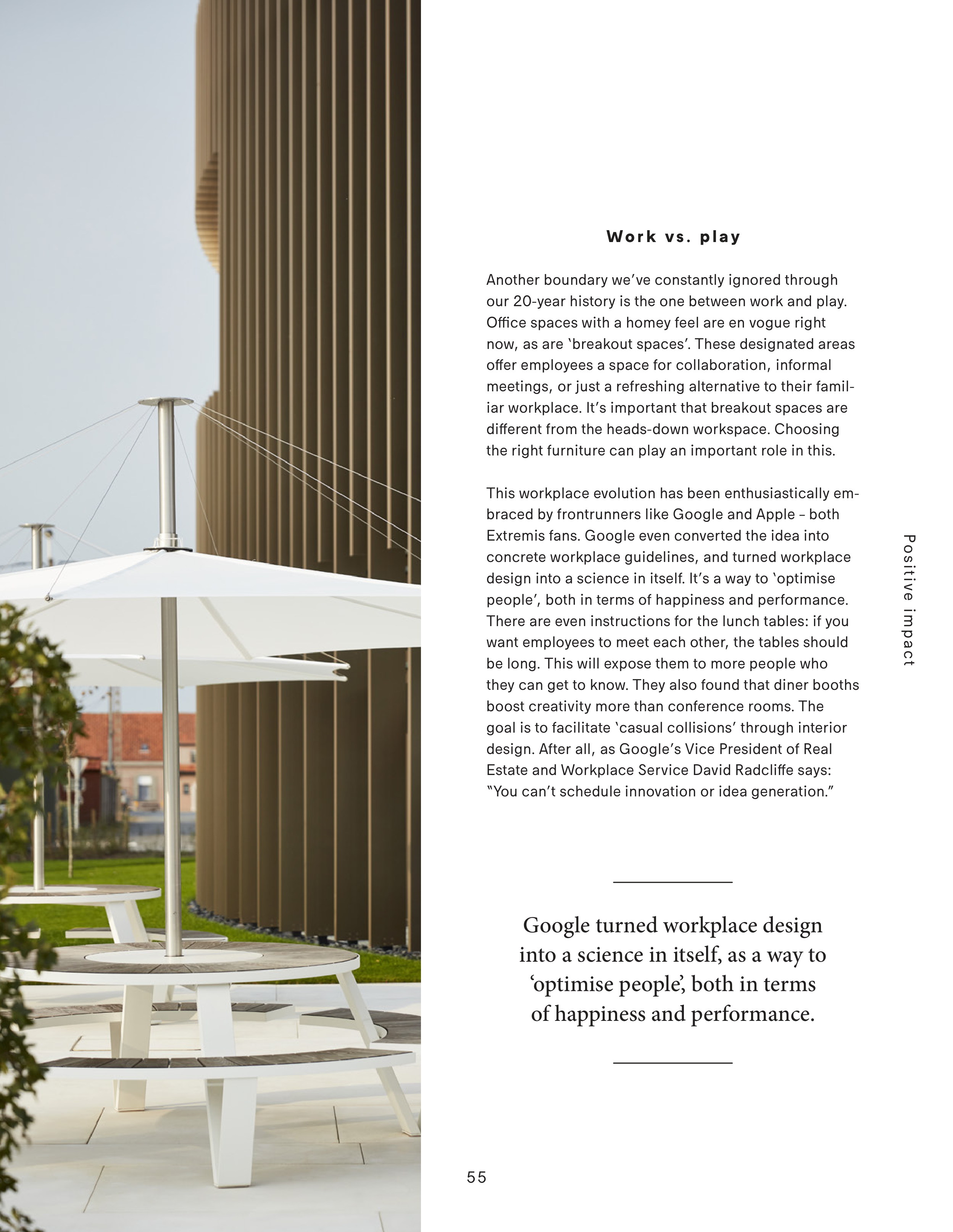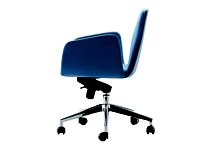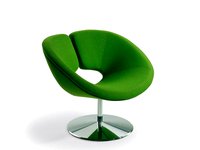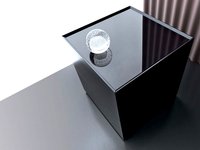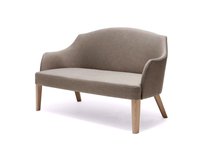Wo r k vs . p l a y
Another boundary we’ve constantly ignored through
our 20-year history is the one between work and play.
Office spaces with a homey feel are en vogue right
now, as are ‘breakout spaces’. These designated areas
offer employees a space for collaboration, informal
meetings, or just a refreshing alternative to their famil-
iar workplace. It’s important that breakout spaces are
different from the heads-down workspace. Choosing
the right furniture can play an important role in this.
This workplace evolution has been enthusiastically em-
braced by frontrunners like Google and Apple – both
Extremis fans. Google even converted the idea into
concrete workplace guidelines, and turned workplace
design into a science in itself. It’s a way to ‘optimise
people’, both in terms of happiness and performance.
There are even instructions for the lunch tables: if you
want employees to meet each other, the tables should
be long. This will expose them to more people who
they can get to know. They also found that diner booths
boost creativity more than conference rooms. The
goal is to facilitate ‘casual collisions’ through interior
design. After all, as Google’s Vice President of Real
Estate and Workplace Service David Radcliffe says:
“You can’t schedule innovation or idea generation.”
Google turned workplace design
into a science in itself, as a way to
‘optimise people’, both in terms
of happiness and performance.
55
Positive impact


